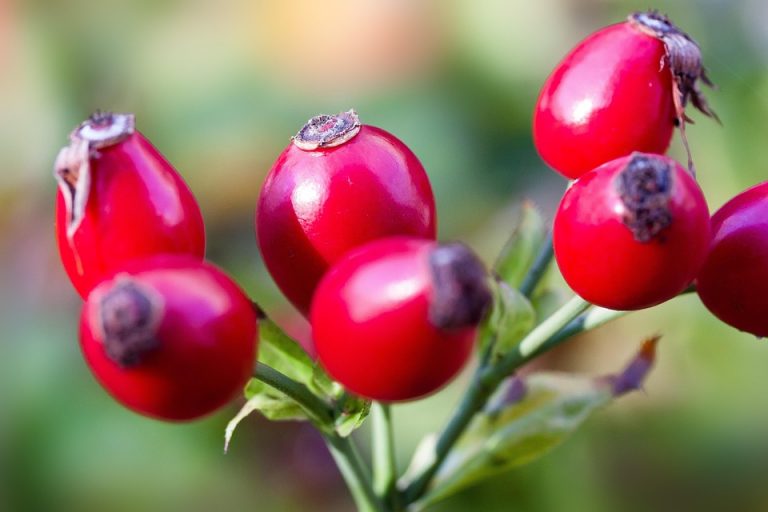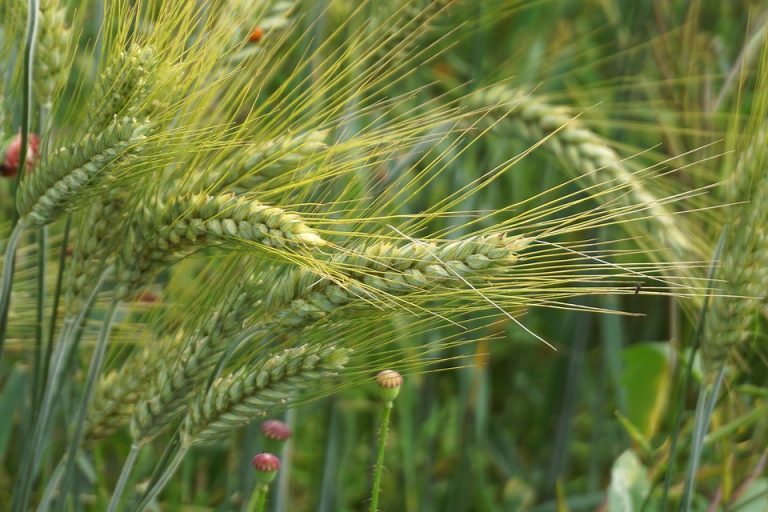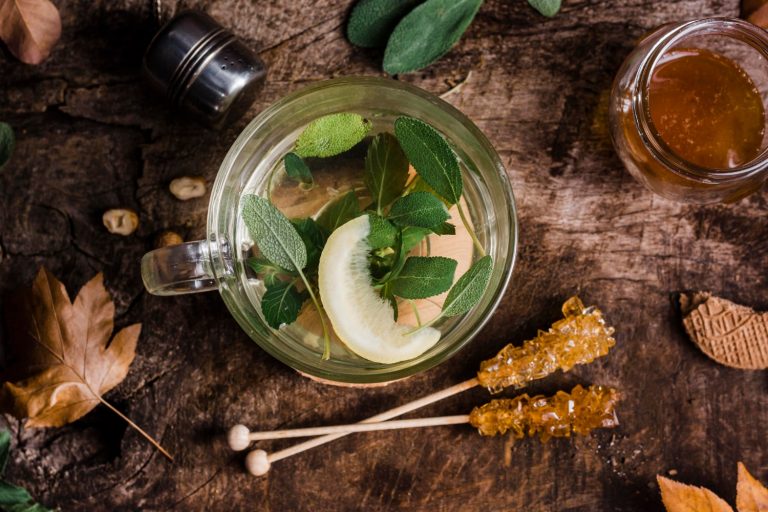Your A1C food list is essential not just for managing diabetes but for embracing a vibrant, healthy life. If you’re looking to lower your A1C levels and feel your best, the right foods can be game-changers. Let’s dive into ten must-have foods that should be on your A1C food list today!
Contents
What is A1C and Why It Matters
A1C is a blood test that measures your average blood sugar levels over the past two to three months. For those managing diabetes or prediabetes, understanding this number is crucial. A lower A1C means better control of blood sugar, which can help prevent complications and improve your overall health.
When you keep your A1C in check, you’re not just adding years to your life; you’re enhancing the quality of those years. It’s about feeling energetic, vibrant, and empowered.
The Power of Food in Managing A1C Levels
Food isn’t just fuel; it’s your ally in the battle against high blood sugar. Choosing the right foods can help you stabilize your blood sugar, reduce cravings, and even boost your mood. But not all foods are created equal. Let’s explore the ten must-have foods that deserve a spot on your A1C food list.
1. Leafy Greens
Why You Need Them: Leafy greens, such as spinach, kale, and Swiss chard, are rich in vitamins and minerals and low in calories. They’re high in fiber, which helps slow digestion and stabilize blood sugar levels.
How to Use Them: Toss them in salads, blend them into smoothies, or sauté them for a delicious side dish.
2. Berries
Why You Need Them: Berries are packed with antioxidants and fiber. They have a lower glycemic index compared to other fruits, meaning they won’t spike your blood sugar as much.
How to Use Them: Enjoy them fresh, add them to oatmeal, or blend them into a refreshing smoothie.
3. Nuts and Seeds
Why You Need Them: Nuts and seeds are rich in healthy fats, protein, and fiber. They help keep you satiated and can lower your risk of heart disease—an essential benefit for anyone managing diabetes.
How to Use Them: Snack on a handful, sprinkle them on salads, or add them to yogurt.
4. Whole Grains
Why You Need Them: Whole grains like quinoa, brown rice, and whole oats are excellent sources of fiber and can help regulate blood sugar. Unlike refined grains, they provide sustained energy and keep you feeling full longer.
How to Use Them: Replace white rice with brown rice in your meals or enjoy oatmeal instead of sugary cereals.
5. Fatty Fish
Why You Need Them: Fatty fish, such as salmon and mackerel, are rich in omega-3 fatty acids, which can reduce inflammation and improve heart health. This is especially crucial for those with diabetes, as they have a higher risk of cardiovascular issues.
How to Use Them: Grill, bake, or broil fish for a nutritious meal. Aim for at least two servings a week.
6. Avocado
Why You Need It: Avocado is loaded with healthy fats and fiber. It’s low in carbohydrates, making it a perfect choice for blood sugar control. Plus, it enhances the absorption of fat-soluble vitamins from other foods.
How to Use It: Spread on whole-grain toast, add to salads, or enjoy it in guacamole.
7. Legumes
Why You Need Them: Beans, lentils, and chickpeas are high in protein and fiber, helping to stabilize blood sugar levels. They also provide essential nutrients like iron and folate, making them a fantastic addition to your diet.
How to Use Them: Incorporate legumes into soups, salads, or as a meat substitute in various dishes.
8. Greek Yogurt
Why You Need It: Greek yogurt is an excellent source of protein and probiotics, which can improve gut health. The protein helps keep you full, reducing the risk of unhealthy snacking.
How to Use It: Enjoy it plain, mix in berries, or use it as a base for smoothies.
9. Cinnamon
Why You Need It: Cinnamon has been shown to improve insulin sensitivity and lower blood sugar levels. Just a sprinkle can add flavor without added sugar.
How to Use It: Add it to oatmeal, smoothies, or even sprinkle it on roasted vegetables.
10. Dark Chocolate
Why You Need It: Yes, you read that right! Dark chocolate (70% cocoa or higher) can be beneficial in moderation. It’s full of antioxidants and may improve insulin sensitivity.
How to Use It: Enjoy a small piece as a treat or add it to a fruit salad for a delicious dessert.
Creating Your A1C Food List
Now that you know which foods to stock up on, let’s talk about how to incorporate them into your daily routine.
Meal Planning Tips
-
Prep Ahead: Spend a little time each week prepping your meals. Chop veggies, cook grains, and portion out snacks. This makes healthy eating easy and convenient.
-
Mix and Match: Combine these foods in various ways. A spinach salad with berries and nuts, or a quinoa bowl topped with avocado and chickpeas can keep things exciting.
-
Listen to Your Body: Pay attention to how these foods make you feel. Everyone’s body reacts differently, so find what works for you.
The Bottom Line
Your A1C food list holds the key to a healthier, more vibrant life. By adding these ten must-have foods to your diet, you’re not just managing blood sugar; you’re investing in your well-being.
Eating well doesn’t have to feel like a chore. It can be a journey of discovery, creativity, and joy. Take charge of your health today!
Frequently Asked Questions (FAQs)
1. How often should I check my A1C levels?
It’s generally recommended to check your A1C levels every three months, but consult your healthcare provider for personalized advice.
2. Can I eat fruit if I have high A1C?
Absolutely! Focus on low-glycemic fruits like berries, but be mindful of portion sizes.
3. Is it okay to eat carbs?
Yes, but choose whole grains and fiber-rich options. Balance is key!
Feeling inspired? Start adding these must-have foods to your A1C food list today and take charge of your health journey! Your body will thank you.








